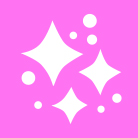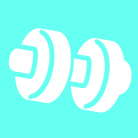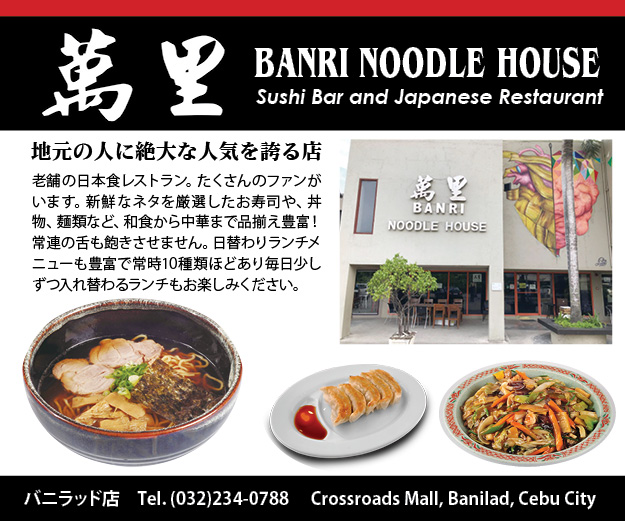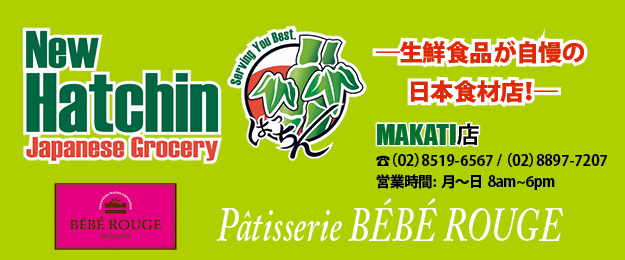マニラ的ヘアケア
Your Hair, We Care
フィリピンに住む日本人の悩みの種の1つ、それはヘアケアではないでしょうか。髪はもちろん、いわゆる「ムダ毛」についても、日本にいるときとは事情が異なります。そこで今月号では、フィリピンのヘアケア事情から、ヘアケアの仕方、そして脱毛にいたるまで紹介します!
One of the biggest worries for Japanese living in the Philippines is hair care. There are differences between the Philippines and Japan in taking care of hair, including unwanted hair. This issue, Navi Manila explores how to deal with hair problems and unwanted hair in Manila.
日本とフィリピンの髪に対する環境は、具体的に何が違うのでしょうか? 在フィリピン日本人の悩めるヘアケアについて、マニラで長年ヘアスタイリストとして活躍する樋口満夫さんに聞きました。
What exactly do we need to know about hair care in the environment of the Philippines? Navi Manila asks for Mr. Higuchi’s advice, who works as a hairstylist in Manila for more than a decade.
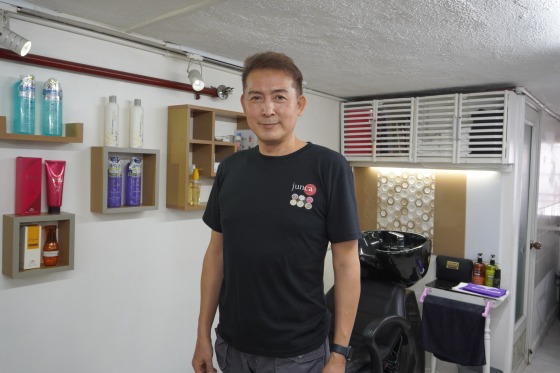
樋口 満夫 さん Mitsuo Higuchi 北海道帯広市出身。美容師歴36年、管理美容師歴33年。日本で美容サロンを16年間経営した後、2007年に来比。美容サロン「ヒグチヘアサロン」を起業し、現在はジュンカホールディングスと合併。フィリピンでの事業を統括する。 孤児院や老人ホームなどでの無料散髪、各地方の貧困地区での大型浄水機の設置など社会貢献活動にも積極的に取り組んでいる。
Q1. マニラと日本の環境の違いによる髪への影響は?
マニラは、フィリピン人の髪にとっても過酷で、決していい環境とは言えません。生活用水に適さない硬水でカルシウムやマグネシウムが多く含まれるため、洗髪をしているとたちまちバサバサ、ゴワゴワのまとまらない髪になります。フィリピン人は生まれたときからこの水を使っているので慣れていますが、日本人にとっては、髪の毛が急に扱いづらくなったと感じることでしょう。これは自分では手に負えないと感じて、毎日のように髪を縛ってしまう日本人女性は少なくありません。また、外出する機会が多い男性は、汗とほこりで頭皮のトラブルが起こりやすい環境にさらされているといえるでしょう。
Q2. 洗髪や髪の手入れをするにあたって気を付けるべきことは?
ダメージを受けた髪は、シャンプー後にヘアパックをし、洗い流した後はすぐにドライヤーで乾かすこと。髪を落ち着かせるように乾かすのがポイントです。髪が湿っている状態で寝てしまうと、キューティクルが傷みやすく毛先が絡んで、抜け毛・切れ毛が多くなるので避けましょう。パーマや縮毛矯正をかけて髪をまとめやすくするのも1つの方法です。
男性も洗髪後はヘアドライヤーの温風で髪と頭皮を乾かせば、雑菌消毒になるのでおすすめします。
Q3. マニラで市販されているシャンプーなどを買うときの注意点は?
基本的にマニラで市販されているシャンプーは日本のものに比べて洗浄力が高く、泡立ちがいい。その分、泡は流れにくいため、特に長い髪には泡が残りがちになってしまいます。泡の残留はフケ、かゆみにつながるので、どのシャンプーを使ってもしっかりとすすぐことが1番大事です。
おすすめのシャンプーは、「Cetaphil」というブランドのシャンプーです。頭皮トラブルの際、医師から処方されるくらい低刺激なのですが、しっかり洗浄してくれます。またコンディショナーは石油系の商品が多いので、より髪に浸透する自然由来のトリートメントやヘアパックをおすすめします。
Q4. フィリピン人と日本人の髪質の違いは?
フィリピンはマレー系、スパニッシュ系、中華系などの人がいる多民族国家で、いろいろな顔立ちの特徴があり、髪の質も異なります。生活習慣や普段のヘアスタイリング方法によっても髪質は変わるので、施術前のカウンセリングは非常に重要です。私は普段の生活習慣を聞いてスタイリングを提案しています。自分自身も日本人なので、日本人の髪質や好みに合わせたスタイルは提案しやすいですね。
Q5. フィリピン人の洗髪やヘアケアの習慣について思うことは?
1年中続く暑さや、強い紫外線を受けてきたフィリピン人は、頭皮を保護するために剛毛で縮毛の人が多いと言われています。そして、体を清潔に保つエチケットとして寝汗を流すため、また体にこもった熱を冷やすために、毎朝水でシャワーをします。これは文化的なものですが、髪を乾かさずに濡れた髪のまま外出する習慣は、髪や頭皮にほこりがつきやすいのでおすすめできません。
フィリピンの女性は一昔前まで長い髪にコンディショナーをたくさん付けて、あまり洗い流さずその重さで髪を落ち着かせてきたのだそうです。今は縮毛矯正やブラジリアン・ブローアウトなどの髪質改善をしてストレートにする人が増えてきましたが、それでもなおコンディショナーをしっかり洗い流さないのは変わっていないようです。
Q6. マニラでヘアスタイリングやヘアケアに悩みをもつ方へのアドバイスは?
「フィリピンに来てからヘアスタイルがまとまらない」、「とりあえず髪を結んで、日本へ一時帰国したときに切ろう…」と考える人は多いと思います。そんな人に提案したいのは、フィリピンだからこそできるヘアスタイルで、ちょっと冒険してみることです。例えば今まで染めたことのない髪色にしてみたり、サイドバングをつくってみたり。日本でできなかったスタイルもフィリピンならできることがあります。変化を持たせて気持ちをリフレッシュし、新しいスタイルの自分を楽しんでください。
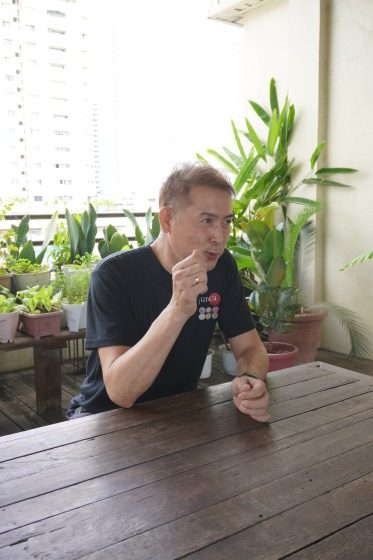
Cherish Your Hair and
Try on a New Style
Q1. What is the impact on hair due to the difference in environment between Manila and Japan?
The environment in Manila is harsh for hair. The water is hard water that includes plenty of calcium and magnesium and doesn’t usually suit for domestic use. It makes our hair frizzy so Japanese people find their hair suddenly becomes hard to treat. Some Japanese women give up on having smooth hair and just tie them up. For Japanese men, especially those who often go outside, it is easy to have scalp troubles due to sweat and dust.
Q2. What should we be careful of when washing hair and doing hair care?
It is important to do the damage care with a hair pack after shampooing and dry your hair with a dryer right after rinsing. You should avoid sleeping with wet hair as it damages your hair cuticle. Getting a straight perm is also a way to make your hair smooth. Drying with hot air is recommended to disinfect your scalp.
Q3. What type of hair care products are recommended?
Generally, shampoos sold in Manila are stronger and more foamy compared to those from Japan. If you don’t rinse enough, it may cause troubles, such as dandruff and itchiness. Whatever kind of shampoo you use, the most important thing is to rinse thoroughly.
I recommend Cetaphil brand shampoos, which are available in the Philippines. They are gentle for hair and the scalp as well as powerful enough to wash hair. Hair treatment and hair pack products made with natural ingredients are also better than conditioners.
Q4. What are the differences between Filipino hair and Japanese hair?
In the Philippines, each person has different features on their face due to different ethnic backgrounds, such as Malay, Spanish, Chinese, etc. This diversity also applies to the types of hair. The daily lifestyle and styling method are also important factors that affect hair. Therefore, it is vital to give counseling to customers before cutting hair. I ask the customers about their lifestyle first before suggesting what kind of styles the customer should go with.
Q5. What do you think about the typical Filipino ways of hair treatments?
Filipino people typically have thick and frizzy hair in order to protect their scalps from the strong heat and UV rays all year long. As an etiquette to shower off their sweat and release the heat inside of their body, they take a shower in the morning with cold water. Showering in the morning itself is totally fine but it should be avoided to go out with wet hair as dust easily attaches and gets stuck in there.
A decade ago, Filipino women used plenty of conditioner on their hair and didn’t rinse well to straighten their hair with the weight of conditioner. Today, it is common to straighten with technologies, including the straight perm and rebonding. But still, there is a habit of remaining conditioner on hair without rinsing well.
Q6. Any advice for those who worry about hair care?
I understand there are many Japanese who are frustrated with frizzy hair after moving to the Philippines. I would like to suggest that they try new hair styles and colors here in the Philippines. Please refresh your feelings with some changes and enjoy your new style.
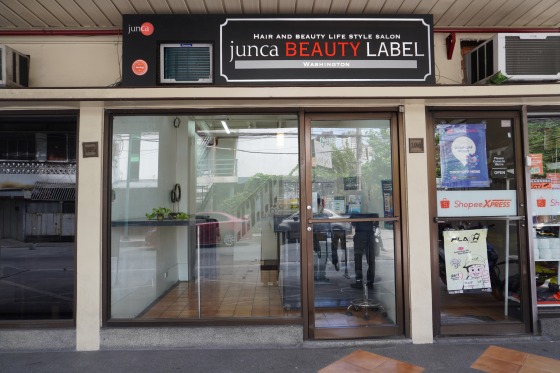
junca Beauty Label
7441 Santillan St. Corner Ferdinando St. Pio Del Pilar, Makati City


